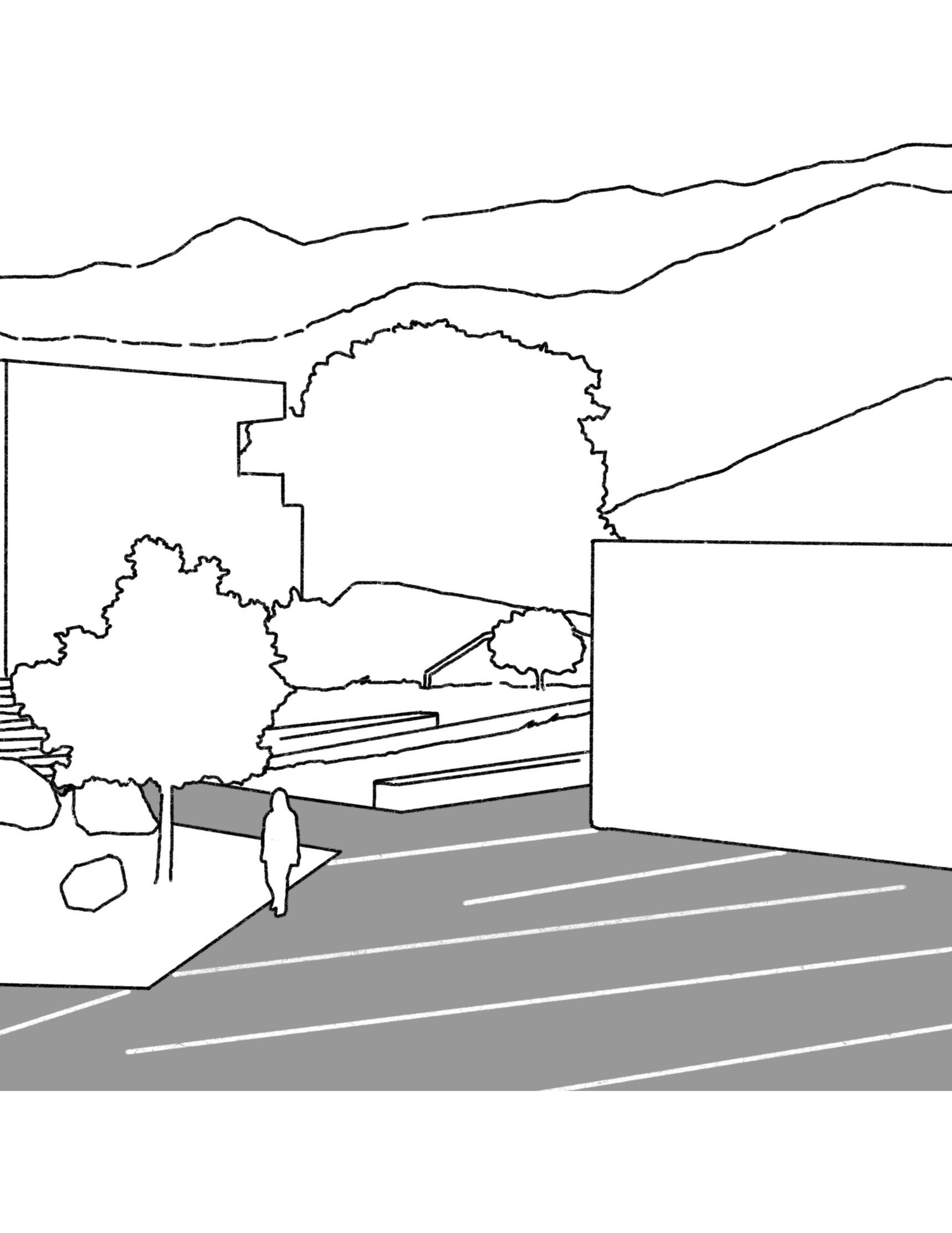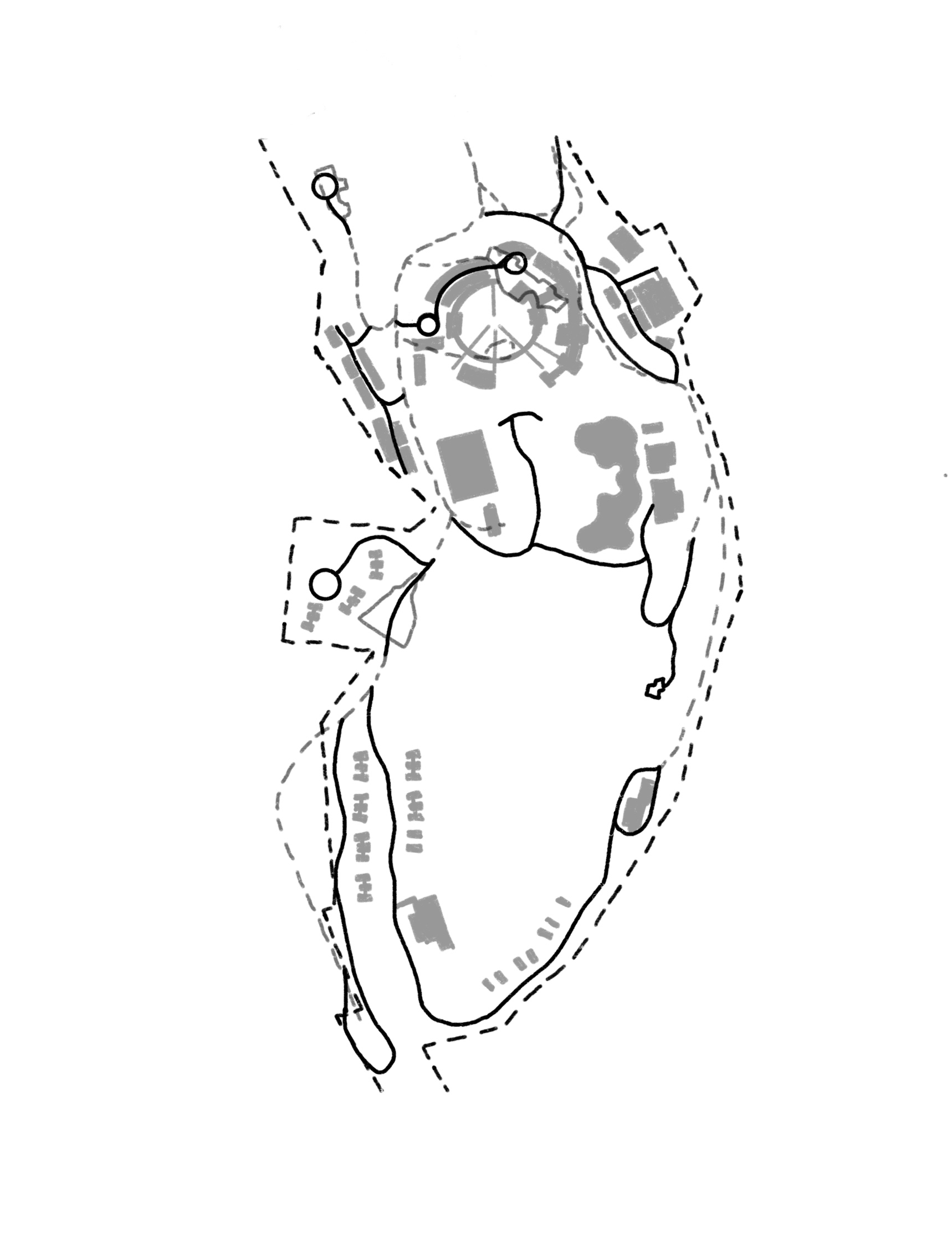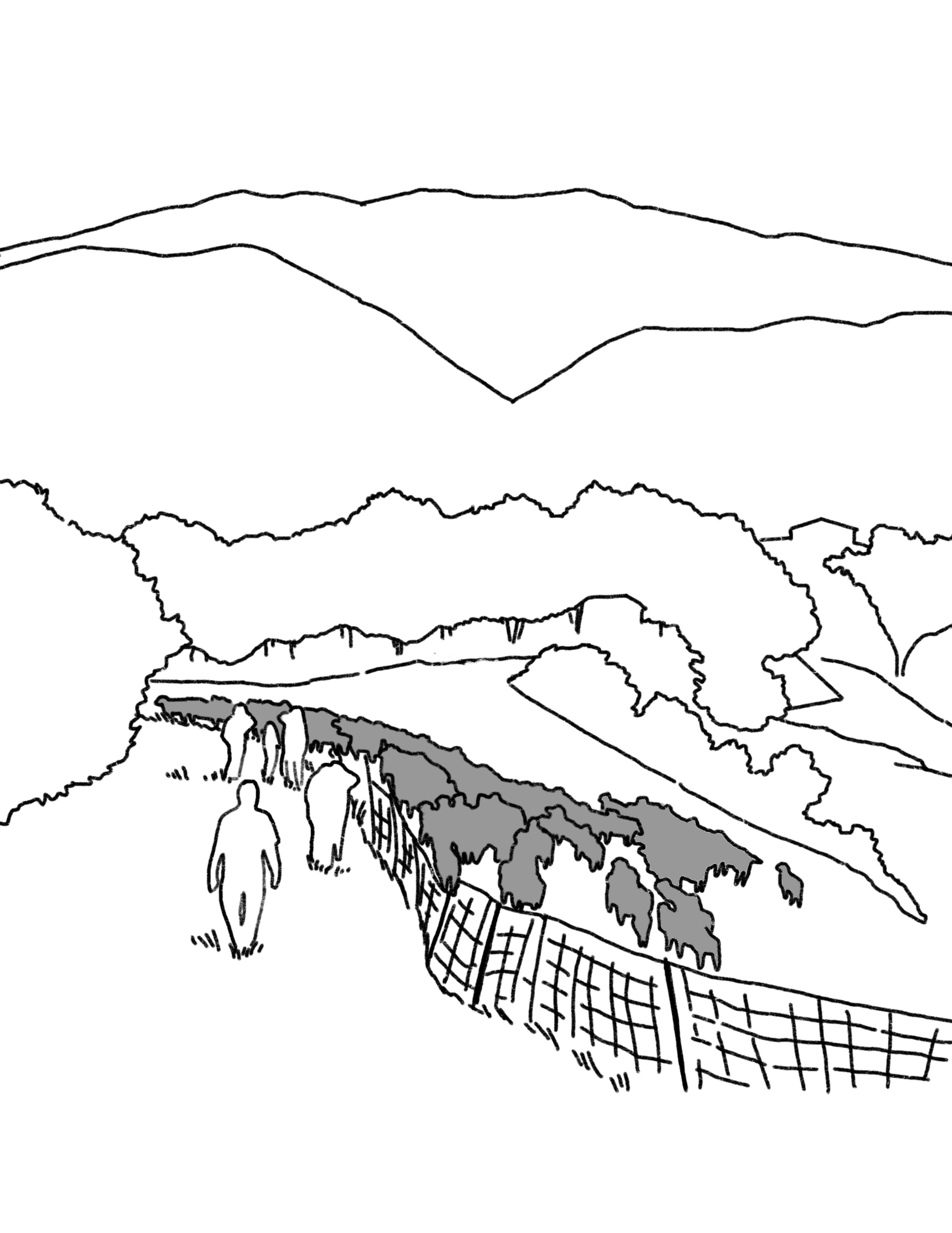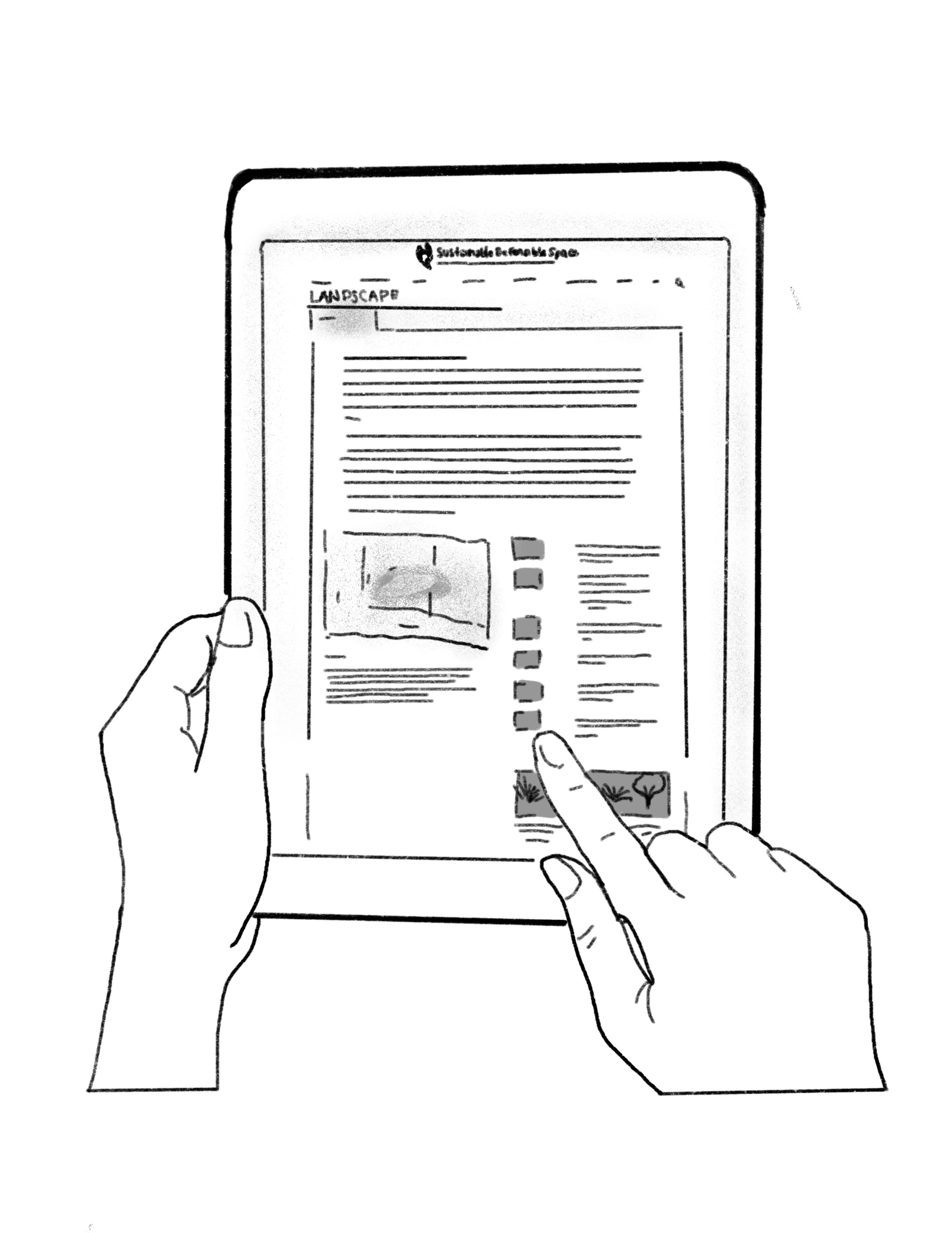Strategy
Adaptation
Design for Fire Disturbance
On wildfire-prone sites, vegetation management tactics can be used to lessen fire intensity and minimize structure loss. Through the careful consideration of both horizontal and vertical plant contiguity, shaded fuel breaks can impede fire spread, bring it closer to the ground, and make control easier for fire-fighting personnel.
Design for robustness (the capacity to withstand adverse conditions)
Options
Case Study
After the Thomas Fire destroyed the Ojai Valley School’s upper campus, Pamela Burton & Company worked with Frederick Fisher and Partners to redesign the school featuring a fire-resistant landscape that prioritizes large, noncombustible buffers, a central courtyard that can double as an emergency refuge area and a staging area for firefighting, and simple forms that eliminate places for burning embers to catch.

Incorporate redundancies
Options
Case Study
Much of the Meadowood Napa Valley resort and its surrounding forested landscape were destroyed by the Glass Fire, which burned over 65,000 acres and destroyed more than 1,500 structures. As part of SWA’s redesign for the damaged grounds, all dead-end roadways longer than 1,000 ft were reconfigured as loops in order to help ensure maximum emergency egress options.

Design for the capacity to absorb and recover
Options
...with shaded fuel breaks that bring fire closer to the ground and make control easier.
...by incorporating seasonal grazing (vegetation management with livestock).
Case Study
Graze Ojai is a community-supported program from the Ojai Valley Fire Safe Council that uses the prescribed grazing of low-impact herd animals like goats and sheep to mitigate the risk of catastrophic wildfires. The grazing program covers approximately 360 square miles.

Design for the rapid containment of losses
Options
...by enabling quick access and operations for firefighting .
...by warning people with wildfire detection systems (surveillance equipment).
...by educating people ahead of a disaster.
Case Study
RIOS collaborated with the Santa Monica Mountain Resource Conservation District to transform the way people receive information about wildfire protection. The initiative resulted in a website with detailed information and resources to help improve property management on fire-prone sites.
